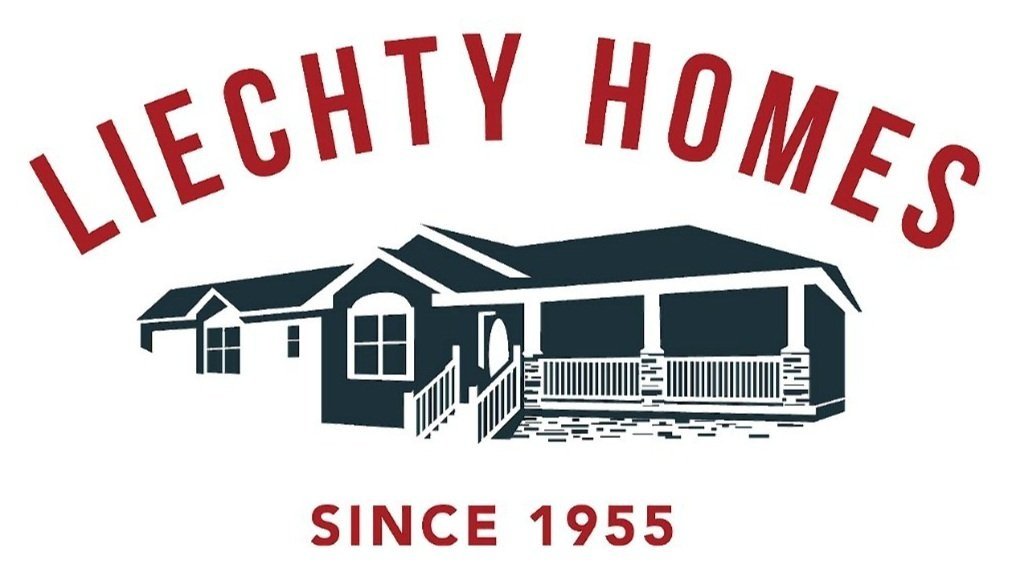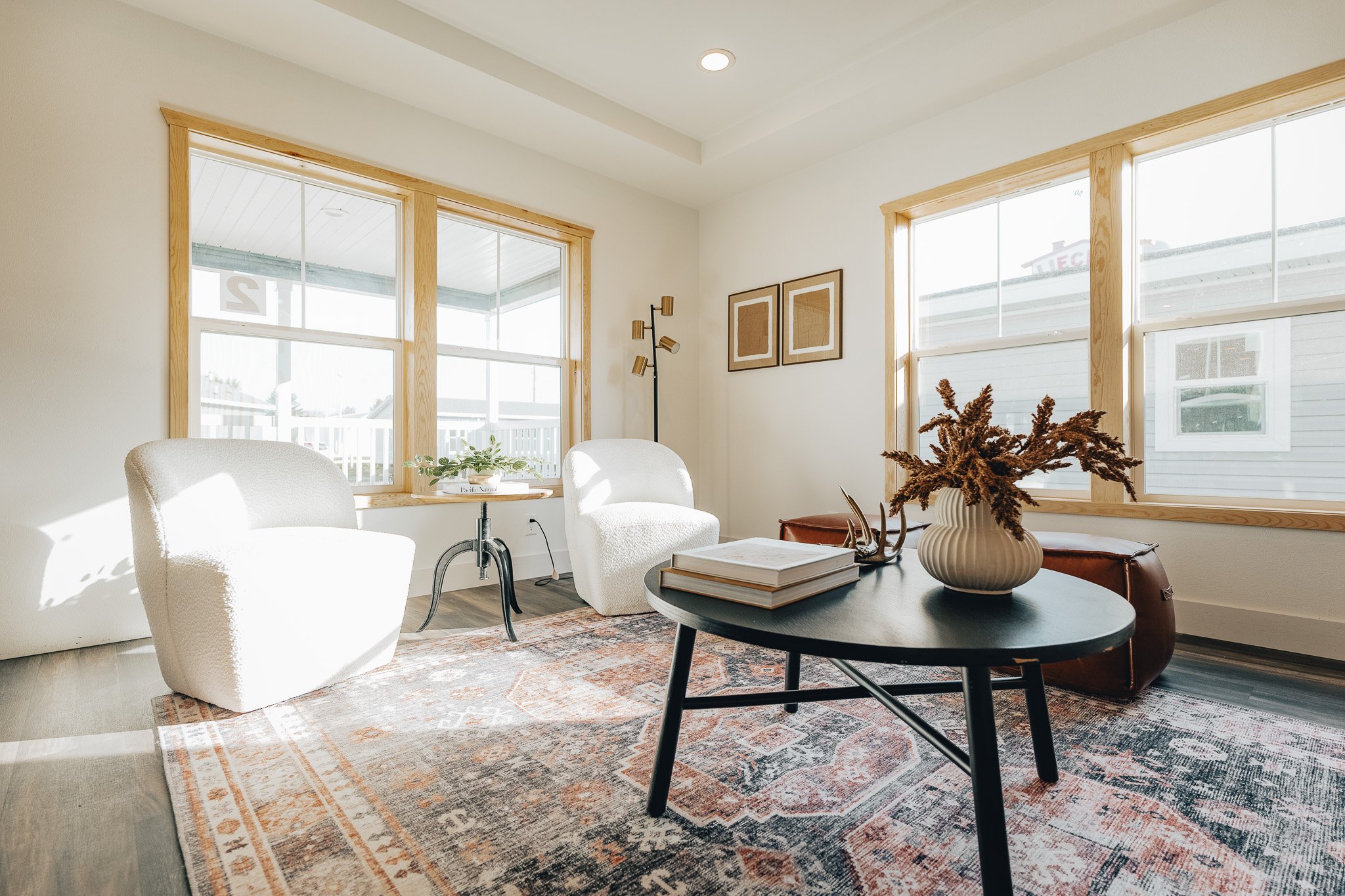What Is Manufactured Home
What Is A Manufactured Home?
What is a Manufactured Home? Understanding Today's Factory-Built Housing
The world of housing offers diverse options, and one increasingly popular choice is the manufactured home. If you've heard the term but aren't entirely sure what it signifies, you're in the right place. Modern manufactured homes are a far cry from the "mobile homes" of decades past, offering quality, affordability, and a range of customizable features. Understanding what a manufactured home is involves looking at its construction standards, the materials used, and how it compares to other types of housing, such as modular homes. These homes are built entirely in a factory setting under a controlled environment, adhering to a strict federal building code. This process not only ensures consistency and quality but also allows for efficiencies that can make homeownership more attainable. Once completed, these homes are transported in one or more sections to their designated site and then installed. The evolution of manufactured housing reflects significant advancements in design, durability, and safety, making them a compelling option for many individuals and families seeking comfortable and reliable living spaces. The key takeaway is that "manufactured home" refers specifically to homes built after June 15, 1976, complying with the National Manufactured Housing Construction and Safety Standards Act, commonly known as the HUD Code. This federal oversight ensures that all manufactured homes meet rigorous standards for design, construction, strength, durability, fire resistance, energy efficiency, and overall quality, regardless of where they are built or sited in the United States.
Defining the Modern Manufactured Home
A manufactured home is a dwelling unit substantially or entirely constructed in a factory environment and then transported to a permanent or semi-permanent location for installation. The defining characteristic of a manufactured home is its adherence to the Federal Manufactured Home Construction and Safety Standards, often referred to as the HUD Code, which was established by the U.S. Department of Housing and Urban Development (HUD) on June 15, 1976 (Source: HUD User - Single-Family Site-Built, HUD Code Manufactured, and Factory-Built Homes, NHA - Common Manufactured Home Definitions & Terms). This national code preempts local building codes for the design and construction of the home itself, ensuring a uniform standard of quality, safety, durability, and energy efficiency across all states. Manufactured homes are built on a permanent, non-removable steel chassis, which is integral to the home's structure and allows for its transportation. They can be single-section (often called "singlewides") or multi-section (such as "doublewides" or "triplewides") homes. It's crucial to distinguish today's manufactured homes from "mobile homes" built before the 1976 HUD Code, as the standards for construction and safety are significantly more stringent for modern manufactured homes. Every manufactured home built in accordance with the HUD Code will have a red certification label affixed to each transportable section, signifying its compliance. This commitment to a national standard means that whether you're looking at a home in North Dakota, Minnesota, or South Dakota, the fundamental construction integrity meets the same high bar.
What Materials Are Used to Construct a Manufactured Home?
Modern manufactured homes are constructed using materials comparable to, and often identical to, those used in traditional site-built homes, ensuring durability, safety, and energy efficiency. The factory construction process allows for precise engineering and bulk purchasing of materials, contributing to both quality control and cost-effectiveness. The foundation of a manufactured home begins with a robust steel chassis or frame, which provides structural integrity during transportation and on-site (Source: MHVillager - How Are Mobile Homes Built?). The floor system typically consists of wood composite or plywood decking attached to floor joists (often 2x6" or 2x8"), which are insulated with fiberglass insulation. Wall construction involves wood studs (commonly 2x4" or sometimes 2x6" for exterior walls, allowing for more insulation), similar to site-built homes. These walls are then insulated, often with fiberglass batts or blown-in insulation, and covered with interior paneling or drywall, and exterior siding. Siding options are diverse and can include vinyl, wood composite, or even fiber cement siding, offering various aesthetic and maintenance characteristics (Source: Clayton Homes - How Manufactured Homes are Built). Roofs are typically constructed using engineered trusses and sheathing, covered with standard roofing materials like asphalt shingles or metal roofing, and include insulation and vapor barriers to enhance energy efficiency and prevent moisture issues. Plumbing systems utilize PVC or PEX piping, and electrical systems are installed with standard wiring and components, all meeting the stringent requirements of the HUD Code. Windows are usually double-pane for better insulation, and interior finishes like cabinetry, flooring (carpet, laminate, vinyl), and fixtures are often customizable, allowing homebuyers to personalize their space with quality materials.
Manufactured Homes vs. Modular Homes: Understanding the Key Differences
While both manufactured homes and modular homes are built in a factory setting, a common point of confusion, there are fundamental distinctions between them, primarily concerning the building codes they adhere to and their foundation systems.
Building Codes:
Manufactured Homes: As previously detailed, manufactured homes are built in compliance with the federal HUD Code (Source: HUD User - Single-Family Site-Built, HUD Code Manufactured, and Factory-Built Homes). This is a national standard, ensuring uniformity regardless of the home's final location. Each section of a manufactured home receives a red HUD certification label.
Modular Homes: Modular homes are constructed to meet all applicable state, local, and regional building codes where the home will be permanently sited (Source: Clayton Homes - What's the Difference? Mobile vs. Manufactured vs. Modular Homes). These are often the same codes that site-built homes must meet, such as the International Residential Code (IRC). Because of this, modular homes will have a state-specific certification seal, often found under the kitchen sink or in a closet.
Frame and Foundation:
Manufactured Homes: These homes are built on a permanent steel chassis that is an integral part of their structure. This chassis is used for transportation and remains with the home. While they can be placed on various foundation types, including piers, slabs, or basements, the chassis is a defining feature (Source: FEMA - Manufactured vs. Modular Homes).
Modular Homes: Modular homes are transported to the site on carriers or flatbed trucks, and these carriers are typically returned to the factory. They are designed to be set on a permanent foundation system (like a crawl space or basement) and, once assembled, are virtually indistinguishable from site-built homes. They generally do not have a permanent steel chassis as an integrated part of the home's structural design once sited.
Customization and Design:
Manufactured Homes: Offer a wide range of floor plans, sizes (single-wide, double-wide, triple-wide), and customization options for interior and exterior finishes. However, the design must always conform to the parameters of the HUD Code.
Modular Homes: Often allow for a greater degree of design flexibility and architectural complexity, including multi-story designs, similar to site-built homes. Since they are built to local codes, they can sometimes more easily accommodate unique structural customizations.
Relocation:
Manufactured Homes: While designed for long-term placement, the presence of the chassis means they can potentially be relocated by specialized contractors, though this is not always a simple process.
Modular Homes: Once assembled on their permanent foundation, modular homes are not designed to be moved. They are considered permanent structures like site-built homes.
Understanding these distinctions is vital for homebuyers. Both manufactured and modular homes offer the benefits of factory-built precision and quality control, but the choice between them often comes down to specific needs regarding codes, foundation preferences, design aspirations, and long-term siting plans. Liechty Homes is experienced in guiding customers through these options to find the perfect fit for their lifestyle and location in the Upper Midwest.


